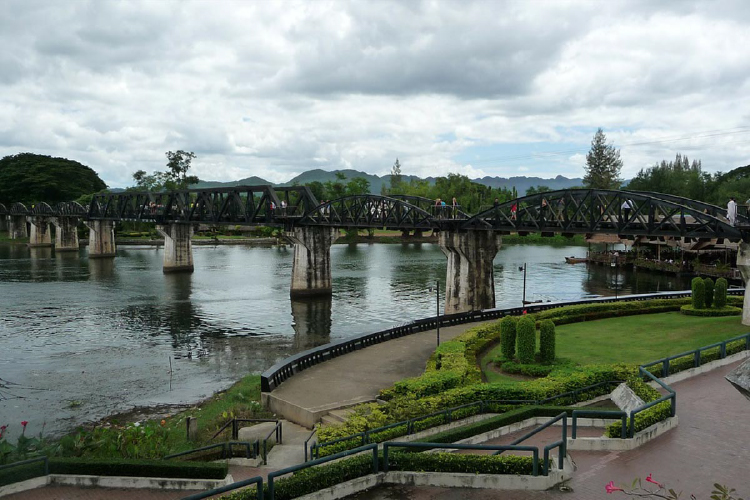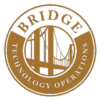Why Do We Love Bridges?
Bridges are technological wonders, yet they are admired for their functionality and durability. Bridges connect people and places, just like our team helps connect your business with your technology. Bridges also get users over an obstacle so they can reach their goal. That’s a fair summary of why we exist as a business.
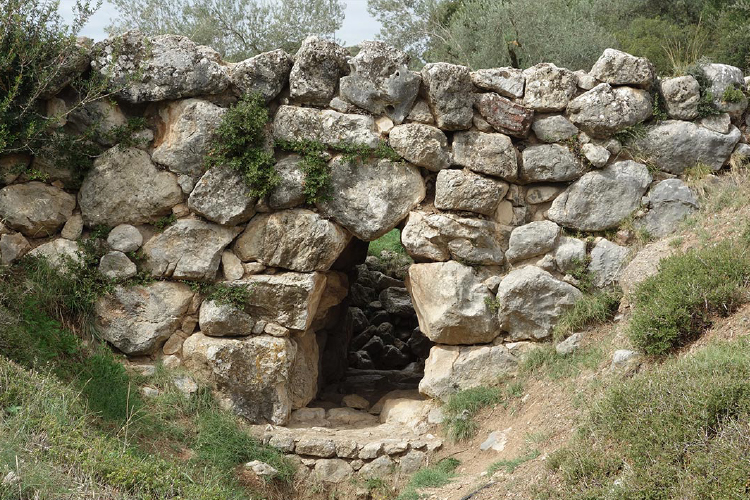
Stone Arch Bridges
Stone Arch Bridges (like the ancient Arkadiko Bridge in Greece [12 Century B.C.] shown here) were phenomenal in both their craftsmanship and functionality. These early traverses allowed people to walk over obstacles instead of having to go down and through them or around them. Likewise, Bridge Technology Operations helps you get over technical obstacles in your business by keeping your network secure and keeping it running at optimal capacity.
Roman Aqueducts
Roman Aqueducts were engineering marvels at the time they were first built (@300 B.C.) and are still impressive today. They were functional water carriers that brought fresh water for both drinking and public baths. Many were constructed throughout the Roman Empire before 100 A.D., so these engineering marvels have been standing for nearly two thousand years. Few man-made structures represent longevity and stability like a Roman Aqueduct.
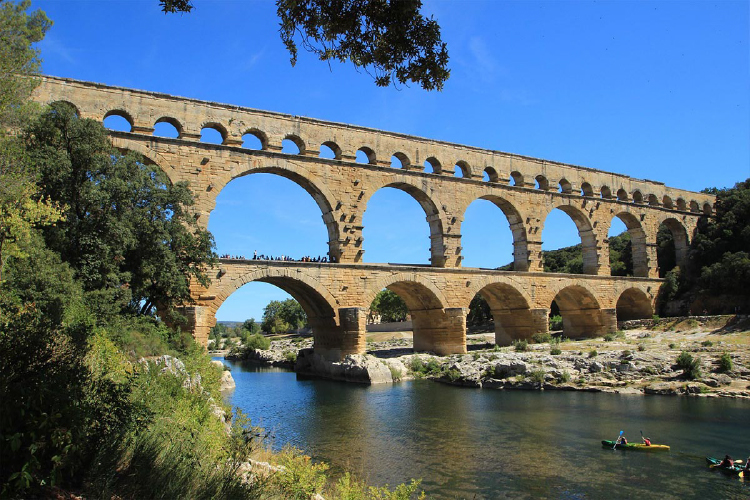
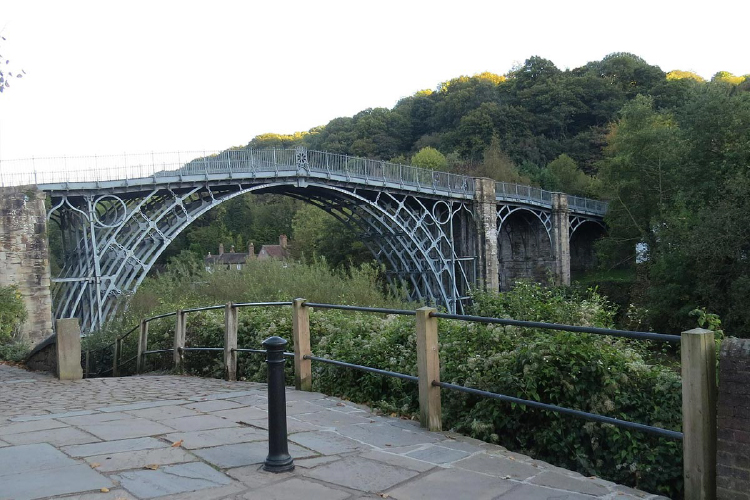
Iron Bridges
Iron Bridges were first built in 18th century England at the start of the industrial revolution. The earliest extant iron bridge, the River Severn Bridge pictured, was finished in 1781 and is still noted for its structural integrity. This new manufacturing technology and use of iron enabled engineers to span greater distances than ever before. Our clients sometimes face similar challenges today and need something new to solve an old problem. At Bridge Technology Operations, it’s our job to evaluate those technologies and to make the right recommendations to make sure your purchase is feasible, financially viable, and right for your business now and in the future.
Suspension Bridges
One of the most famous bridges in America is the Brooklyn Bridge (see here), a Suspension Bridge, completed in 1883. Suspension Bridges were invented in the early nineteenth century and are noted for their flexibility and ability to span even greater distances. Another famous Suspension Bridge is the Golden Gate Bridge in San Francisco. Due to its inherent flexibility, it has survived numerous earthquakes in the Bay Area since it was completed in 1937. Both bridges are highly functional today. Flexibility is a key component of Bridge Technology Operations’ service, too. Not all clients are the same, and our team is supple enough to evaluate and support the unique aspects of your business.
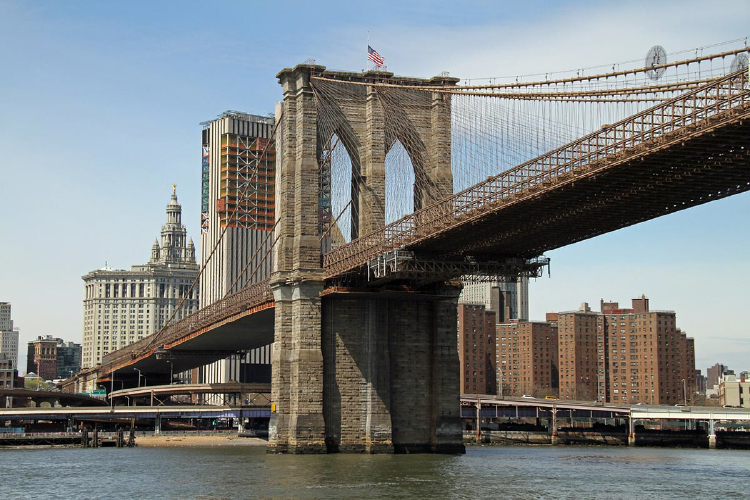
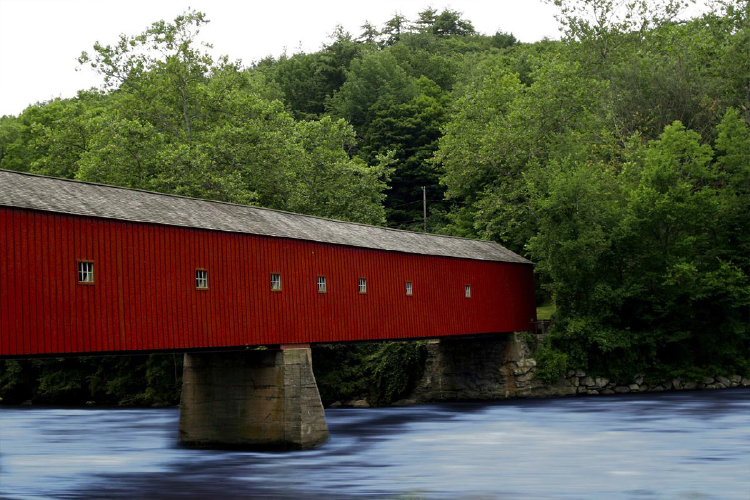
Covered Bridges
Covered Bridges are timber-truss types of bridges and were invented in the late eighteenth and early nineteenth century and simple remind us of home. Of the tens of thousands that were built in America, only a little over 1,000 Covered Bridges still exist in the United States, including 16 in Georgia. These beautiful bridges remind us of a slower and simpler time. They are also a reminder that a complex solution is not always required. Sometimes getting a client from point A to point B requires a simple, practical solution, and it’s our job to use that whenever needed.
Bridge on the River Kwai
The bridge over the River Kwai was blown up in the Oscar-winning movie of the same name. The movie was based on a true story involving British Prisoners of War who were forced by the Japanese to build a bridge over the Kwai River for the vital Burma Railway. In this adaptation, the British engineers built a sturdy, magnificent structure under the worst of circumstances through grit and sacrifice. In the end, the bridge was blown up by an American POW just as the first train rolled across. Likewise, our team at BTO is committed to building you a solid, sturdy network that will withstand most forces . . . And we promise not to blow it up! Note: The bridge shown is the one that crosses the Kwai River today.
